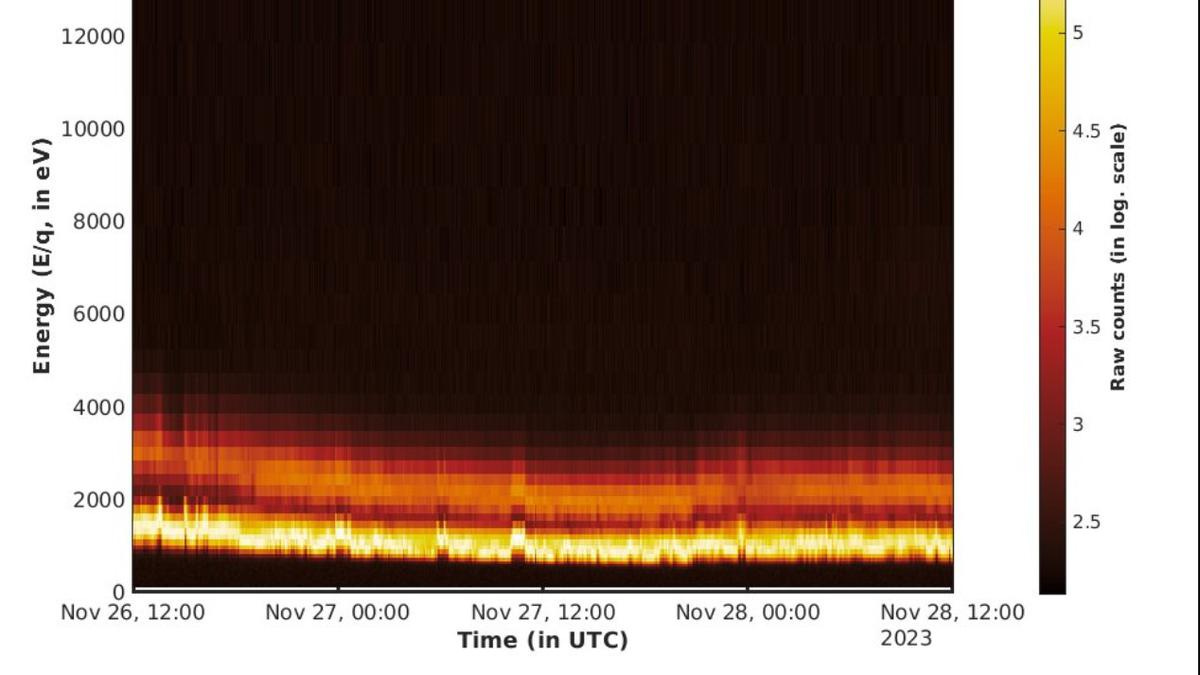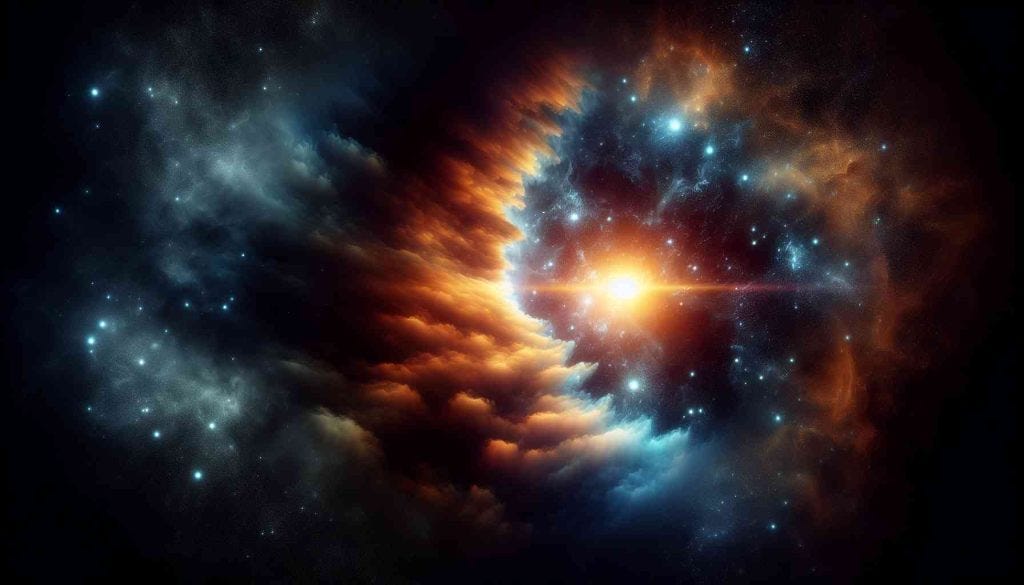Weekly - James Webb confirms discovery of star-forming galaxy and more
Weekly Space News - Quick and Easy
Aditya-L1’s SWIS instrument begins operation
ISRO’s Aditya-L1 solar observatory mission’s Solar Wind Ion Spectrometer (SWIS) instrument successfully began operation last week. SWIS is designed to measure the charged particles (ions) found in solar wind. The instrument is working perfectly well without any issues. The spacecraft is still on its way to the Earth-Sun Lagrangian point 1.
James Webb confirms discovery of star-forming galaxy
Ground telescopes earlier spotted AzTECC71 as a blob of dust in space. However, they could not confirm the object’s true nature. Last week, the James Webb telescope finally confirmed the sighting and identified it as an early galaxy. Not just any galaxy, but a galaxy in its early stages filled with star formations. This explained why it appeared to be a blob of dust, as it was filled with stardust and hot gasses halfway through the formations of stars. These galaxies were earlier thought to be extremely rare, but this new discovery shows that they might have been much more common.
Scientists find exoplanet too big for its star
Scientists recently found a new exoplanet named LHS 3154b located 51 light years away from the Earth. This massive exoplanet is nearly 4 times the size of the Earth and orbits a red dwarf star, which is the smallest type of star discovered. Previously, it was thought impossible for a red dwarf to host a planet this big; but this new discovery shows that it is indeed possible and star system formation is wilder than we thought. The ratio of the exoplanet’s size to its star is nearly 100 times the ratio of the Earth to the Sun as you can see in the image below.




